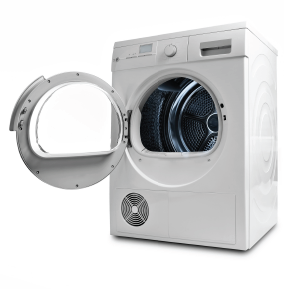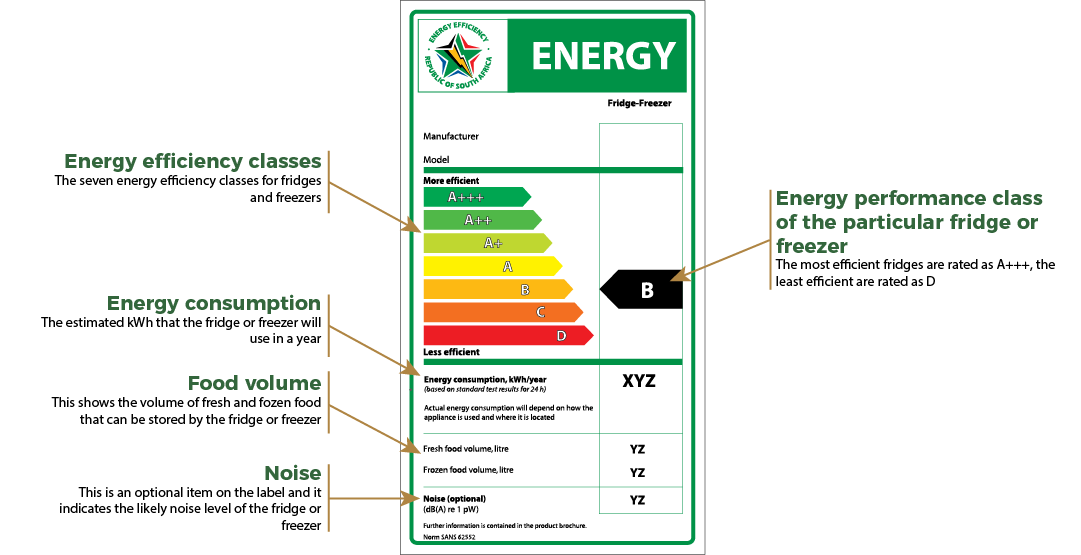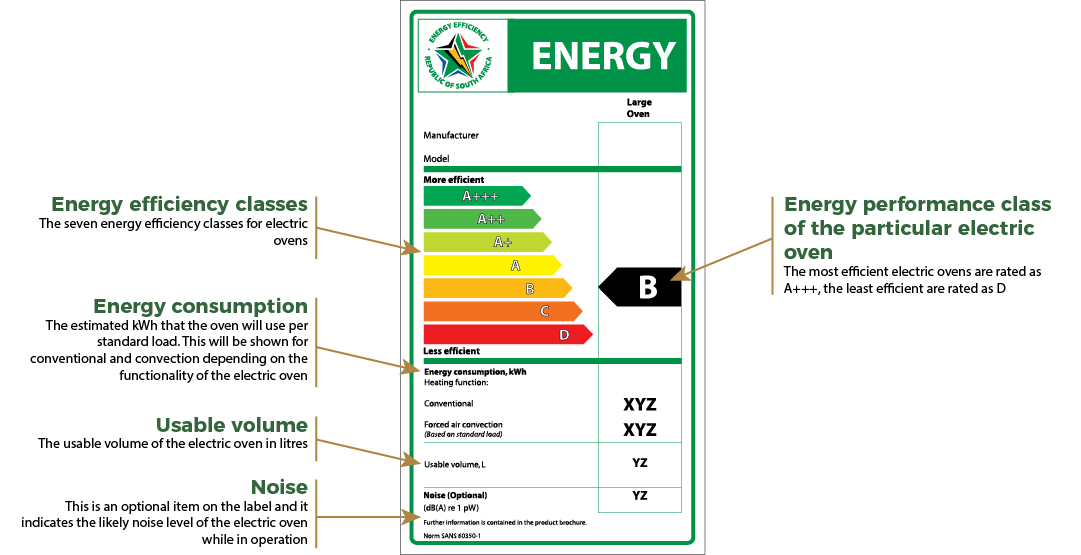Washer-dryers
Washer-dryers can be energy intensive appliances since the dryer component needs significant amounts of energy to heat clothes in order to dry them. If a household makes regular use of the drying function of a washer dryer it can be a significant consumer of energy in a household. Consumers should carefully consider the energy use of washer-dryer before making a decision to purchase as the lifetime cost of using a tumble dryer is often very significant.
To protect consumers from purchasing inefficient washer-dryers Minimum Energy Performance Standards (MEPS) have been set for washer-dryers. Currently, washer-dryers with a Energy Efficiency Rating of Class A or better can be sold.
A key consideration for consumers considering buying a washer-dryer is the annual cost of running a washer-dryer if regular use is made of the drying component. The calculations below highlight that the annual costs of using washer-dryers can be significant and consumers may want to consider investing in alternatives to the using the drying function such as indoor washing lines and clothes horses.

Understanding the energy efficiency label
Washer-dryers being sold must be labelled with a South African Energy Efficiency Label to help consumers understand the relative energy efficiency of different washer-dryers. The image below shows a sample of a label for a washer-dryer with an explanation of the key elements of the label.

Calculating how much the appliance will cost to run
To calculate the annual running costs of a washer-dryer, multiply the kWh figure given on the label by the number of wash-dry cycles you are likely to use in a single week. Next, multiply by 52 weeks. Finally, multiply by the cost of electricity in your municipality. You can find the kWh cost of electricity in your municipality by looking at your electricity bill.
For example, if the label indicates that the washer-dryer will use 4 kWh per cycle and where you live a kWh of electricity costs R2 (including VAT), the cost of running the washer-dryer that you use for 6 cycles a week will be R2496 for the year.
Appliance Energy Calculation Tools were created to aid consumers to make more informed decisions by calculating the long term cost for running an appliance. Click here to calculate the running costs and CO2 emissions for washer-dryers.
{Energy Consumption Per Cycle}
x {Number of cycles per week}
x {Number of weeks in a year}
x {Cost of Electricity in your municipality}
= Annual running cost of the appliance
4 kWh X 6 cycles per week X 52 weeks in year X R2 per kWh = R2496.
Tips for using your appliance most efficiently
 Use cold water
Use cold water
Washing laundry in cold water saves energy because the washing machine is not required to use additional electricity to heat water. Wash using cold water where possible.
 Wash with a full load
Wash with a full load
Washing a small load consumes as much energy as a full load. Save energy by only washing full loads.
 Use short washing cycles
Use short washing cycles
The shorter the cycle the lower the amount of electricity required for the cycle. Wash clothes on the shortest cycle that is appropriate for the items being washed.
 Air dry clothes
Air dry clothes
The drying function on the washer-dryer is very energy intensive. Dry your clothes on the washing line, and only use the dryer function when necessary.










